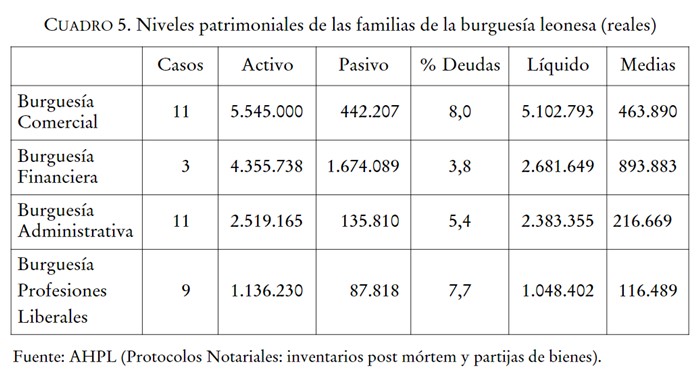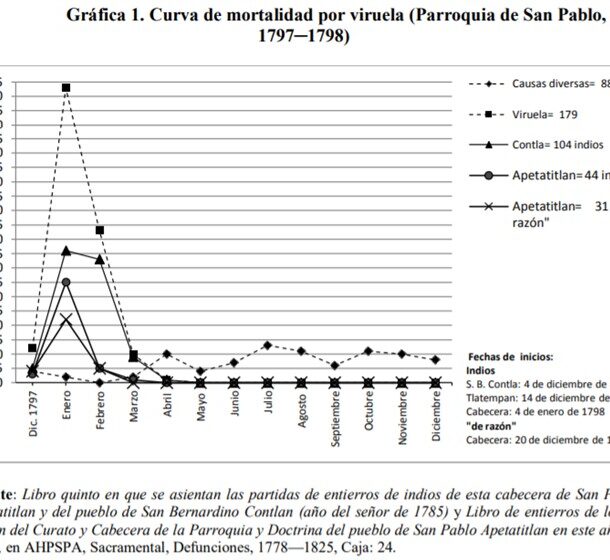
Patronage was used as a strategy to create and strengthen the social networks of families. After the Council of Trent, two models of godparenthood were allowed by the Church: individual, or in pairs, the latter consisting of a man and a woman. The Council itself intended to discourage godparents from being clerics; however, there was no rejection of ecclesiastics in the diocese of Lugo; on the contrary, their election increased during the following centuries. The period with the highest percentage was in the transition from the 17th to the 18th century, when ecclesiastics were the godparents of 12% of the total number of the baptised. Subsequently, the levels of spiritual affiliation decreased to 1% at the end of the 19th century. The author argues that, during the peak years of godparenting, parish clergy were seen as equals in the community where two factors converged: they could benefit from mutual agricultural help and religious training. The decline is explained by demographic and sociological factors: first, as the population increased during the 18th century, families had more options to build neighbourly relationships of fidelity, to the detriment of the clergy. Second, the number of ecclesiastics also increased, causing them to be viewed negatively as the number of burdens increased and they were perceived as agents who no longer belonged to their social group.
Collection: Graphics
Project: 10. Churches and religions in Europe., 4. Family, daily life and social inequality in Europe.
Chronology: XVI, XVII, XVIII, XIX
Scope: Secondary Education, Baccalaureate, University
Link: http://www.tiemposmodernos.org/tm3/index.php/tm/article/view/4651/834
Resource type: Graph
Format: Line chart
Source: González López, T. (2019). "Eclesiásticos sirviendo de padrinos: el papel del clero en el padrinazgo en la diócesis de Lugo (siglos XVI-XIX)", en Tiempos Modernos, nº 38, p. 230.
Language: Spanish
Date: 2019
Owner: Pablo Ballesta Fernández (Modernalia)
Copyright: ©Tiempos Modernos ©Tamara González López
Abstract: Resource showing the levels of patronage by ecclesiastics during the Modern Age in the diocese of Lugo
Image
Tags








